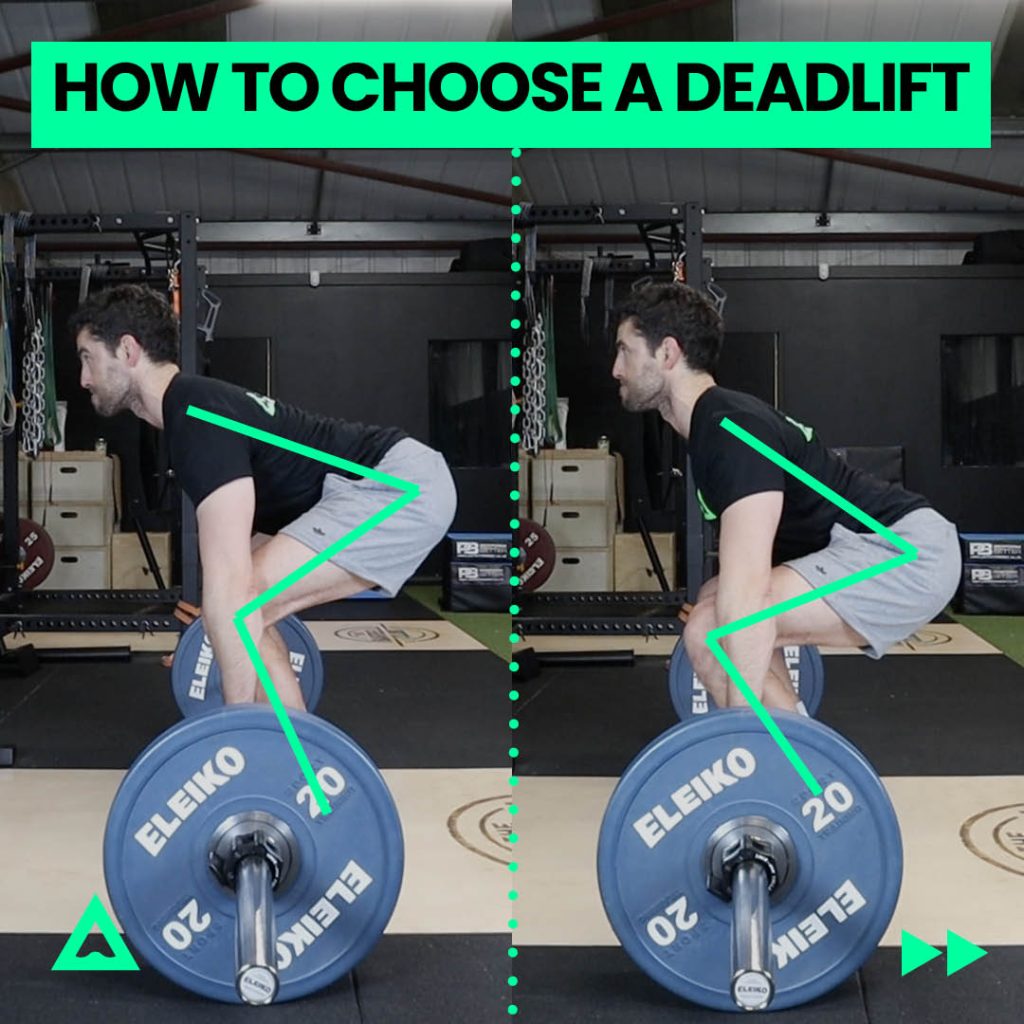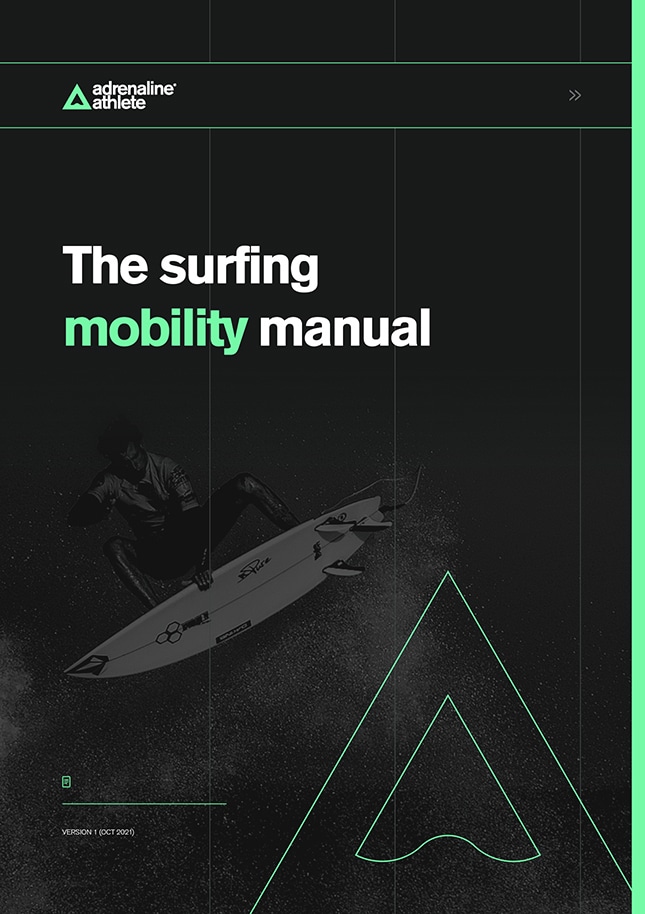
Walk into any gym and you will see different types of deadlift being used, or even the same lift being executed differently (due to limb/torso length, sucky technique etc).
Really, a ‘deadlift’ is just picking a dead weight up off the floor. It is the way you SET UP to pick it off the floor that will dictate joint angles (and therefore what adaptations are favoured).
This can lead to a lot of confusion over what a deadlift should ‘look’ like. Let’s try to clear it up by using the two most common examples used in athletic development: the clean deadlift and the conventional deadlift.
Clean Deadlift (looks more ‘squatty’)
SET UP: Bar towards toes, upright torso (depending on limb/torso length) with armpit over bar, roughly equal hip and knee flexion.
ADAPTATION: Hip AND knee extension torque should improve force development in turns and maneouvres.
USE: Can be used as a primary strength movement in surfing and also advisable if cleans / power cleans form part of your programme.
CONVENTIONAL DEADLIFT (looks more ‘deadlifty’!)
SET UP: Bar at mid-foot, forward torso position with armpit ahead of bar (for most people), hip flexion dominant.
ADAPTATION: Increased hip extension torque targets force generation in posterior chain (hammies, glutes, lower back).
USE: Often used as a supplementary lift to strengthen posterior chain, which can limit performance in primary squat-based movements. Although of course they can be used as a primary exercise.
The above lifts are both still deadlifts, but the set up position and subsequent joint angles mean that the training stimulus is slightly different. So if you have deads in your programme, have a think about the TYPE you perform and WHY you are performing it.
In the context of surfing, ‘squattier’ movements (such as clean deadlifts) provide more dynamic correspondence (or ‘carry over’) to wave riding, but that shouldn’t rule out the use of variations of conventional deads or RDLs to develop posterior chain and hip extension OR even as a primary lift. It depends entirely on your goals.
Hope this helps. As always, give me a shout with any questions.
Download
THE FREE SURFING MOBILITY MANUAL
“Adrenaline Athlete was a complete game changer. Alan’s approach is so professional and not at all overwhelming…I’ve never felt so energised and confident in the line up and it’s all down to hard work and the correct guidance from Alan.”
Chris / Longboarder



